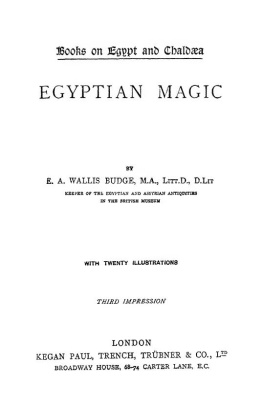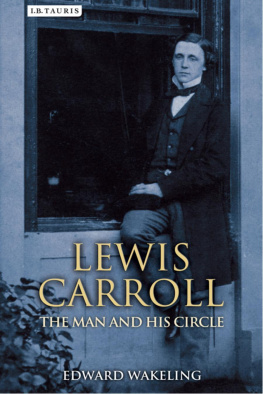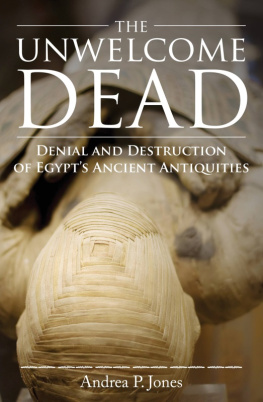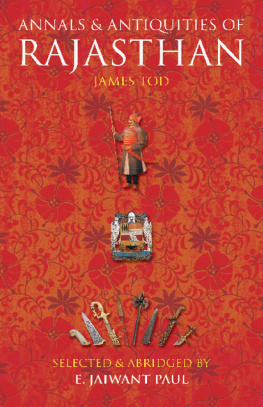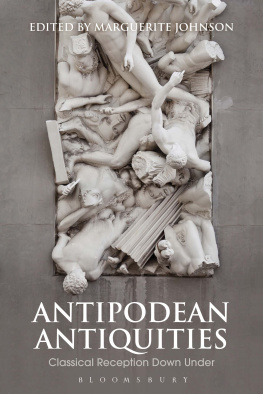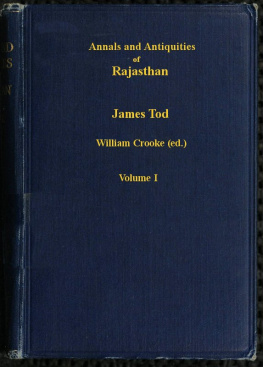The cover image was created by the transcriber and is placed in the public domain.
CHAPTER I
INTRODUCTORY
There are a great many people in the world who are interested in Egypt, in its antiquities, and in the unfolding of its pages of ancient history; a number collect specimens of old Egyptian art, such as scarabs, pottery, small statues, &c., and others, when in Egypt, buy them as presents for friends at home.
It is for this numerous class, which is year by year defrauded of large sums of money by the plausible sellers of forged antiquities, that this book has been written, for most of them, sooner or later, find out to their dismay that that which they had thought was a genuine relic of ancient days, and prized accordingly, is nothing more nor less than a clever fraud, and, from a collectors point of view, worthless. The Egyptologist, museum authority, and expert collector may be safely left to take care of themselves; a perusal of the following pages might even prove interesting to them, although it is exceedingly unlikely that the book contains anything new so far as they are concerned.
The selling of spurious Egyptian antiquities is not confined to Egypt alone. London, New York, Paris, and even Algiers, are also the hunting-ground of the makers of imitations, who often make large sums of money by imposing upon those who do not possess the knowledge requisite to detect the fraud.
It is interesting to analyse the frame of mind of the people who have been cheated. As a rule, they are angry, but they are extremely careful to keep their feelings to themselves. If you inquire, they pooh-pooh the transaction as one of little moment, and pass it over, although, as I shall presently show, many pounds may have been lost. But if the conversation is not changed, and you wait patiently, you will presently find that under the carefully repressed annoyance runs a vein of genuine regret that the nice-spoken, honest-looking and plausible Hassan or Mohammed had cheated them.
The subsequent history of the fraudulent antiquity is often interesting. As a rule, it is packed up and taken home, to be presented in due course to some friend with the cautious remark that perhaps it is genuine. Then some day an unfortunate Egyptologist is brought face to face with it, and he has to make his escape as best he may, with a certain loss of reputation. I have heard a hostess remark sarcastically that she did not know what post was held by her victim in the Antiquities Department in Egypt, but it certainly did not require a clever man to see that hers was an important antiquity.
There is no more trying moment in an Egyptologists life than when, after a good dinner, while he is feeling at peace with all the world, a charming hostess brings out an antiquity for him to pass judgment upon. I have seen men literally squirm, and many are the subterfuges employed by them to avoid giving an opinion. Woe betide the unhappy expert if a mischievous friend happens to be there who will lead their hostess on to ask questions, and who will assure her, despite mute appeals, that her victim is an expert in the particular branch to which her statue or jar, as it may be, belongs. And when the Egyptologist is cornered, and huffily declares to be a forgery the object upon which he is asked to pass judgment, the lady is, as a rule, angry or hurt; and then it is that the mischievous friend saves the situation by murmuring, How shocking that these Egyptologists should be so jealous! The straw is caught, the hostess smiles again, and peace is restored, while the unfortunate man from Egypt, vowing vengeance, makes his escape.


